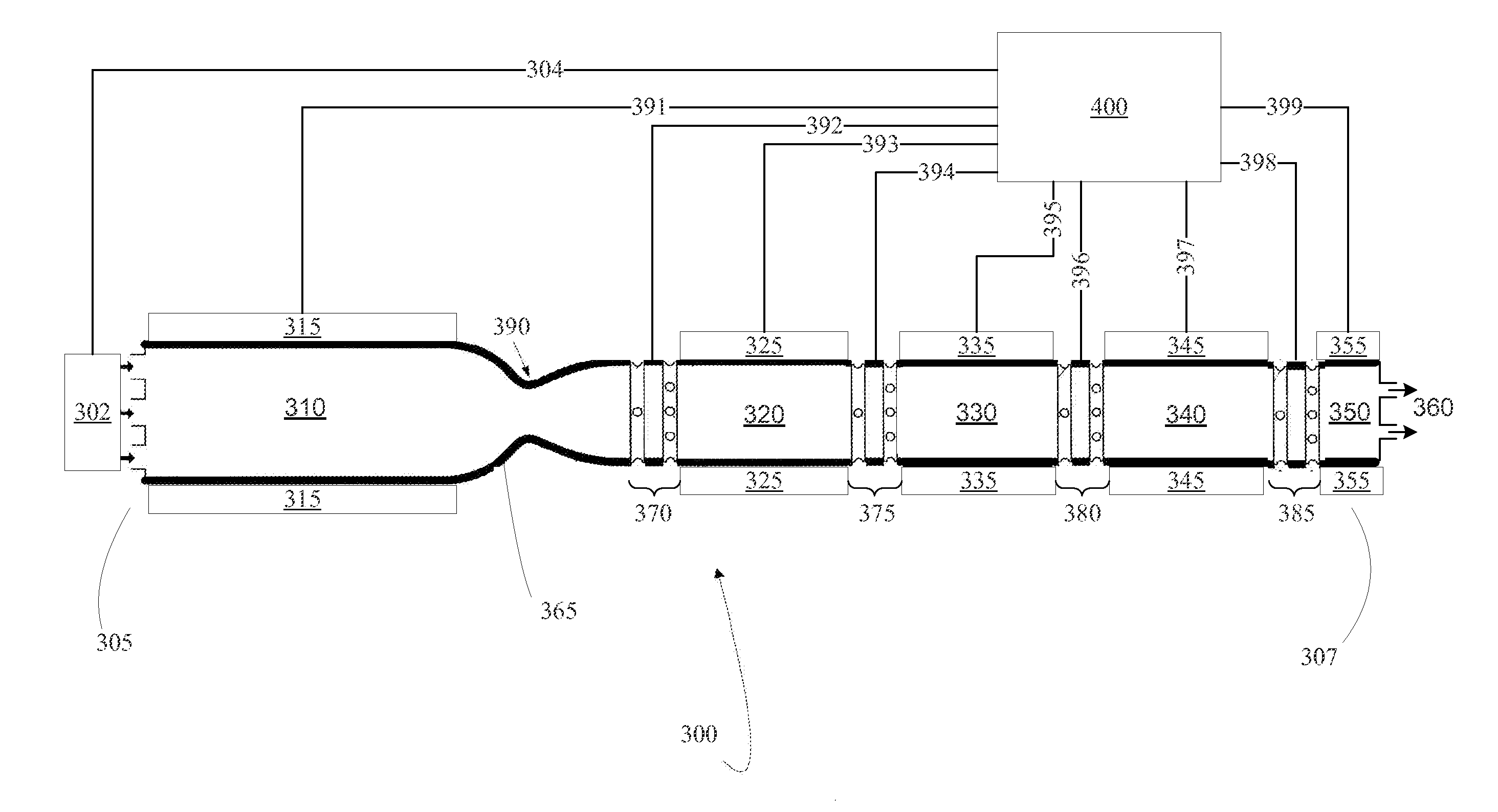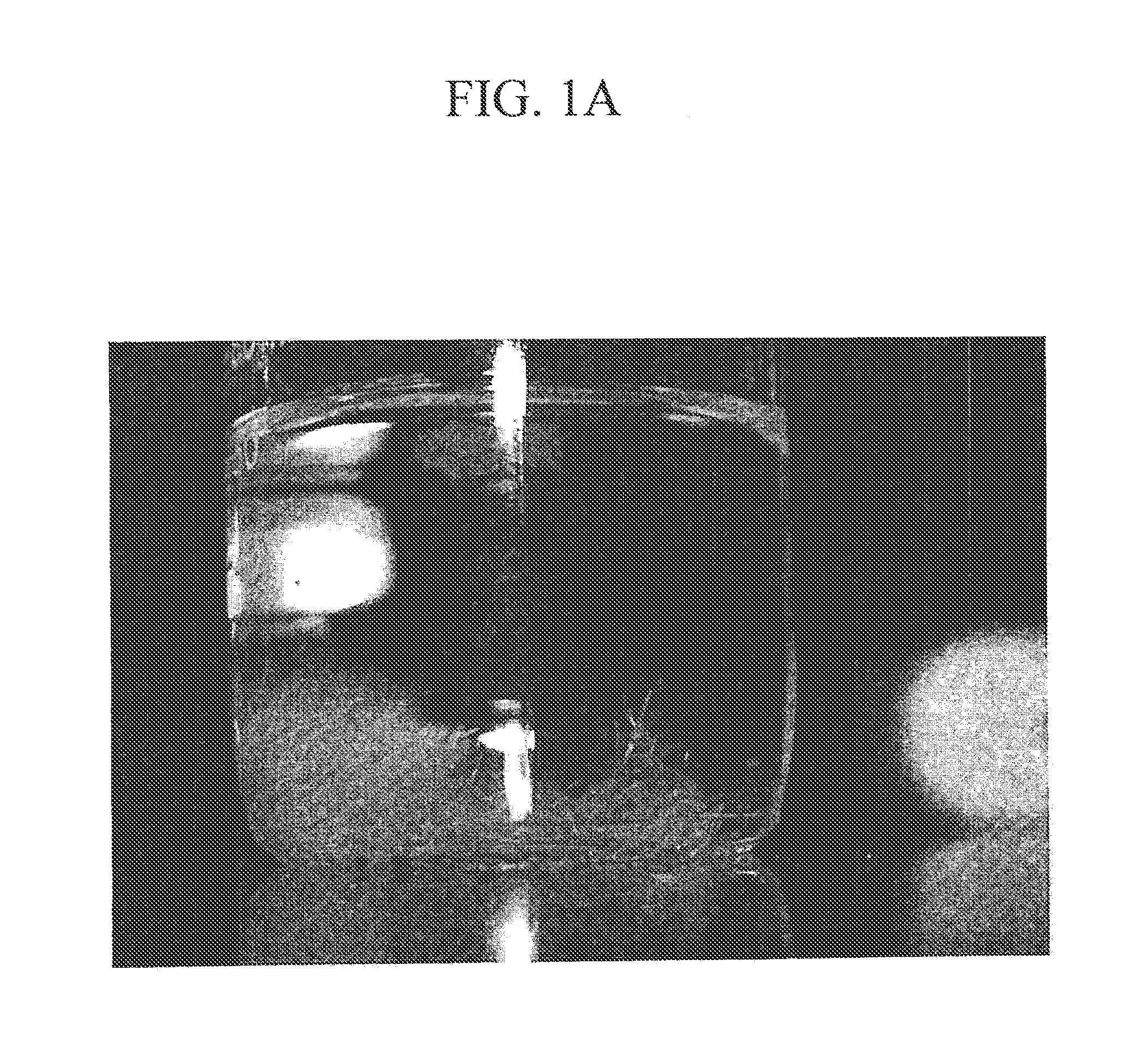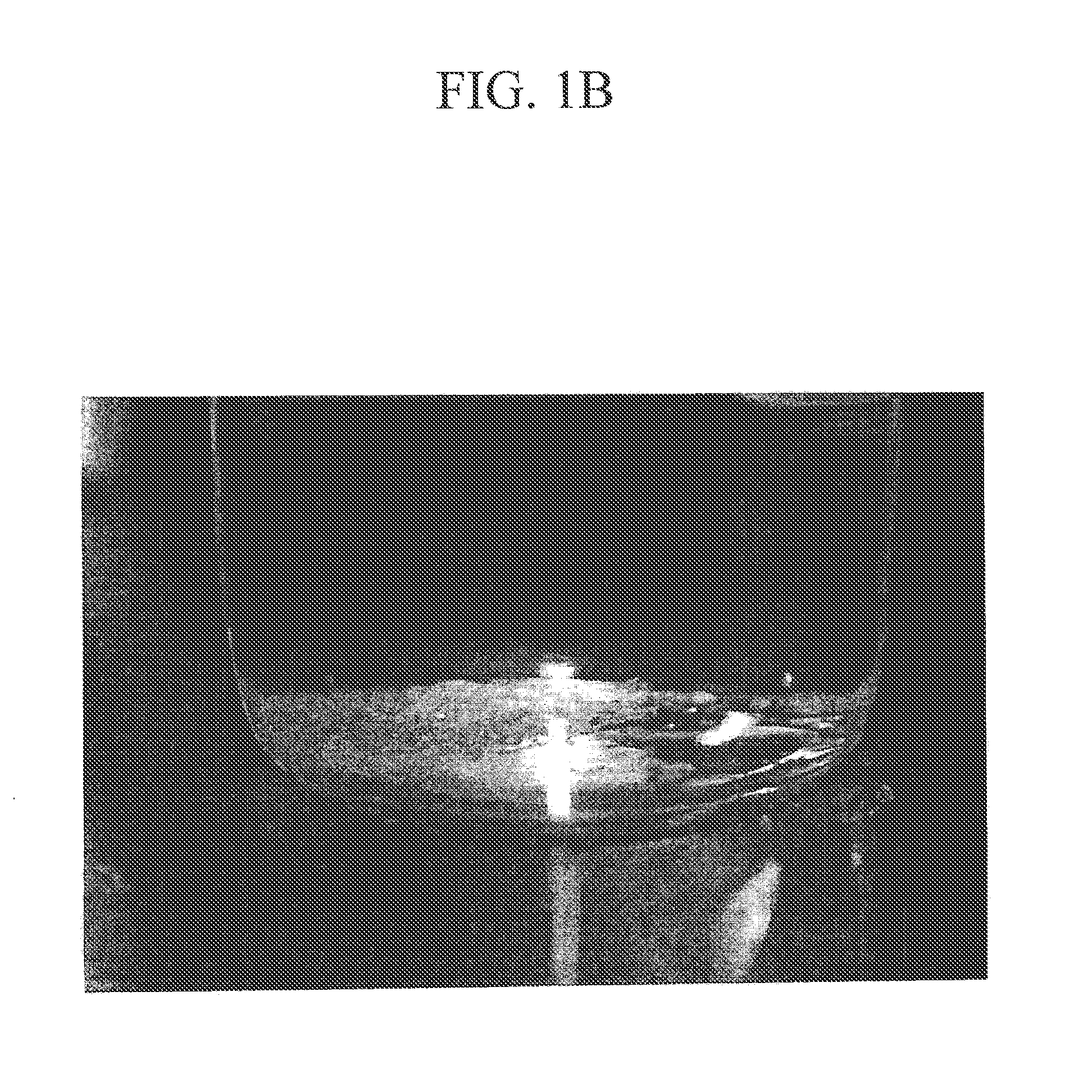Catheter locking formulation and method to prepare same
a technology of catheter locking and formulation, applied in the field of catheter locking formulation and method to prepare same, can solve the problems of systemic infections, marked increase of infection risk, and patient at risk of catheter occlusion
- Summary
- Abstract
- Description
- Claims
- Application Information
AI Technical Summary
Benefits of technology
Problems solved by technology
Method used
Image
Examples
example 1
[0058]Process 1 for preparing Applicants' catheter locking formulation proved very difficult to develop due to conflicting ingredient dissolution behavior resulting from differing solubilities. For example, trimethoprim is soluble in propylene glycol and almost completely insoluble in water and only slightly soluble in ethanol. EDTA Ca Disodium hydrate is soluble in phosphate buffered saline and insoluble in ethanol. Applicants have discovered that, to successfully make their catheter locking formulation at the laboratory scale, specific and non-obvious formulation sequences and process steps were required. Applicants Process 1 includes the following steps.
Process 1
[0059]Step 1. Prepare Solution A—dissolve trimethoprim in propylene glycol, ethanol, glycerin at 50-55° C., where that dissolution temperature is greater than the flash point of the locking formulation.
[0060]Step 2. Prepare Solution B—dissolve EDTA calcium disodium in phosphate buffered saline (pH 7.4) at 50-55° C.
[0061]S...
example 2
[0065]Two separate samples were prepared by adding trimethoprim to propylene glycol USP (“PG”) in a bottle at room temperature. One bottle was placed in the 50-55° C. water bath (NK 12-129A), while the other bottle was left at room temperature (NK12-129B).
[0066]The trimethoprim of sample NK12-129A dissolved and was mostly clear within 10 minutes and completely clear within 30 minutes. The solution remained visually stable (i.e. no precipitation) when cooled to room temperature. At room temperature, phosphate buffer solution (“PBS”) was added. The solution became cloudy but was visually clear after 1-2 minutes.
[0067]The trimethoprim of sample NK 12-129B remained undissolved after 30 minutes. PBS buffer was added as a possible aid to solubilization. The PBS buffer caused the trimethoprim to settle out of suspension. The sample was then heated, and the solution became clear after 55 minutes. The sample was removed from the water bath to observe for solution stability (i.e. visually cle...
example 3
[0069]Two samples were prepared to evaluate the order of glycerin addition. Sample NK12-130A was prepared by adding trimethoprim to PG in a bottle and heating in the 50-55° C. water bath. After the solution was completely clear, phosphate buffer solution (“PBS”) buffer and glycerin were added to the bottle. A light precipitate formed initially, but the solution became clear after 30 minutes in the 50-55° C. water bath.
[0070]Sample NK 12-130B was prepared by adding trimethoprim to a PG / glycerin mixture and heating in the 50-55° C. water bath. The sample took 45 minutes to completely dissolve and become clear. When PBS buffer was added to the bottle, a light precipitate formed and was observed in the solution. The solution became clear after 30 minutes in the 50-55° C. water bath.
[0071]EDTA Ca was added to both samples, and both became clear within 10 minutes. Both samples were removed from water bath to observe for visual dissolution stability. After 12 hours at room temperature, bot...
PUM
| Property | Measurement | Unit |
|---|---|---|
| temperature | aaaaa | aaaaa |
| temperature | aaaaa | aaaaa |
| locking time | aaaaa | aaaaa |
Abstract
Description
Claims
Application Information
 Login to View More
Login to View More - R&D
- Intellectual Property
- Life Sciences
- Materials
- Tech Scout
- Unparalleled Data Quality
- Higher Quality Content
- 60% Fewer Hallucinations
Browse by: Latest US Patents, China's latest patents, Technical Efficacy Thesaurus, Application Domain, Technology Topic, Popular Technical Reports.
© 2025 PatSnap. All rights reserved.Legal|Privacy policy|Modern Slavery Act Transparency Statement|Sitemap|About US| Contact US: help@patsnap.com



